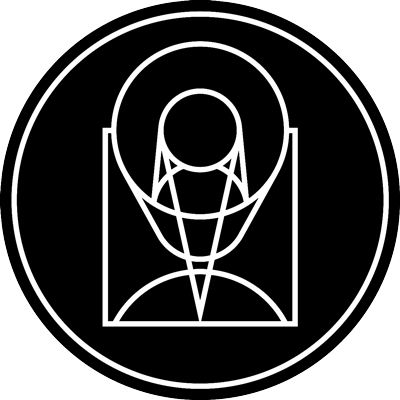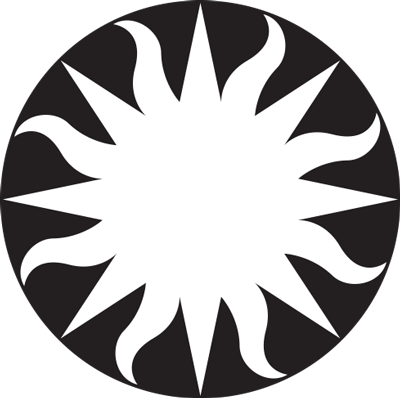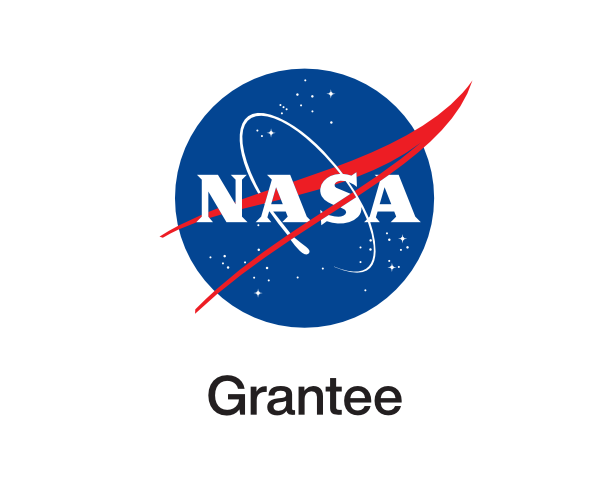Measure of a great galactic disc

esahubble_potw2337a September 11th, 2023
Credit: ESA/Hubble & NASA, R. Sharples, S. Kaviraj, W. Keel
This dream-like Picture of the Week features the galaxy known as NGC 3156. It is a lenticular galaxy, meaning that it falls somewhere between an elliptical and a spiral galaxy. It lies about 73 million light-years from Earth, in the minor equatorial constellation Sextans. Sextans is a small constellation that belongs to the Hercules family of constellations. It itself is a constellation with an astronomical theme, being named for the instrument known as the sextant. Sextants are often thought of as navigational instruments that were invented in the 18th century. However, the sextant as an astronomical tool has been around for much longer than that: Islamic scholars developed astronomical sextants many hundreds of years earlier in order to measure angles in the sky. A particularly striking example is the enormous sextant with a radius of 36 metres that was developed by Ulugh Beg of the Timurid dynasty in the fifteenth century, located in Samarkand in present-day Uzbekistan. These early sextants may have been a development of the quadrant, a measuring device proposed by Ptolemy. A sextant, as the name suggests, is shaped like one-sixth of a circle, approximately the shape of the constellation. Sextants are no longer in use in modern astronomy, having been replaced by instruments that are capable of measuring the positions of stars and astronomical objects much more accurately and precisely. NGC 3156 has been studied in many ways other than determining its precise position — from its cohort of globular clusters, to its relatively recent star formation, to the stars that are being destroyed by the supermassive black hole at its centre. [Image Description: A large lenticular galaxy. It appears to be formed of faint, grey, concentric ovals that grow progressively brighter towards the core, where there is a very bright point, and fade away at the edge. Two threads of dark red dust cross the galaxy’s disc, near the centre. The background is black and mostly empty, with only a few point stars and small galaxies.]
Provider: Hubble Space Telescope | ESA
Image Source: https://esahubble.org/images/potw2337a/
Curator: ESA/Hubble, Baltimore, MD, United States
Image Use Policy: Creative Commons Attribution 4.0 International License

- ID
- potw2337a
- Subject Category
- Subject Name
- NGC 3156
- Credits
- ESA/Hubble & NASA, R. Sharples, S. Kaviraj, W. Keel
- Release Date
- 2023-09-11T06:00:00
- Lightyears
- Redshift
- Reference Url
- https://esahubble.org/images/potw2337a/
- Type
- Observation
- Image Quality
- Distance Notes
- Facility
- Hubble Space Telescope, Hubble Space Telescope, Hubble Space Telescope, Hubble Space Telescope, Hubble Space Telescope
- Instrument
- ACS, WFC3, WFC3, WFC3, ACS
- Color Assignment
- Blue, Blue, Green, Red, Red
- Band
- Optical, Optical, Optical, Optical, Optical
- Bandpass
- g, g, V, I, Long Pass
- Central Wavelength
- 475, 475, 555, 814, 850
- Start Time
- Integration Time
- Dataset ID
- None, None, None, None, None
- Notes
- Coordinate Frame
- ICRS
- Equinox
- J2000
- Reference Value
- 153.1725455579272, 3.129342881466163
- Reference Dimension
- 3772.0, 3652.0
- Reference Pixel
- 1886.0, 1826.0
- Scale
- -1.1004713827994034e-05, 1.1004713827994034e-05
- Rotation
- -130.21999999999971
- Coordinate System Projection:
- TAN
- Quality
- Full
- FITS Header
- Notes
- Creator (Curator)
- ESA/Hubble
- URL
- https://esahubble.org
- Name
- Telephone
- Address
- ESA Office, Space Telescope Science Institute, 3700 San Martin Dr
- City
- Baltimore
- State/Province
- MD
- Postal Code
- 21218
- Country
- United States
- Rights
- Creative Commons Attribution 4.0 International License
- Publisher
- ESA/Hubble
- Publisher ID
- esahubble
- Resource ID
- potw2337a
- Resource URL
- http://esahubble.org/media/archives/images/original/potw2337a.tif
- Related Resources
- Metadata Date
- 2023-09-07T12:38:15+02:00
- Metadata Version
- 1.1
Detailed color mapping information coming soon...













